What You Will Learn
How Exactly Can Change to UX Affect SEO?
Page Consolidation and Segmentation: It’s Not a UX-Only World
The Impact on Internal Linking and Site Navigation
UX, SEO, and Anchor Text: What About the Keywords?
The Content on Your Page Needs to be Crawler Readable
To Conclude
It’s no secret that we can no longer solely rely on SEO or UX to make your website more visible or improve your rankings. In many ways, the two combined are able to kill two birds with one stone, and they can work together beautifully. At first, it was seen as an odd concept as the two hardly seem related to each other. However, there is also some tension between them that can be easily missed. Life hasn’t always been sunshine and roses for these two, and it’s only recently that we have really been able to relieve that tension and get them working together. Of course, it’s important to know the sources of said tension before you try and combat them.
What You Will Learn
So, what exactly can you expect to learn in this little article? Well, here’s a quick rundown of the UX and SEO topics that are going to be included:
– How changes to UX impact SEO
– Page consolidation ad segmentation
– Internal linking and navigation
– Keywords and anchor text
– Crawler readable content
How Exactly Can Change to UX Affect SEO?
We don’t often think about the ways in which UX can impact search engine rankings and the way Google sees a website. I certainly didn’t at the start of my career. Google has a pretty specific way of categorising things, and this is why almost everything you do that affects the UX will have some kind of impact on SEO; whether that’s positive or negative. It wants to see that balance between easy navigation and a user-friendly design, and careful optimisation in order to get those high rankings. Here are some of the big areas of UX that can mess around with your SEO:
– Spam (or what Google sees as spam)
– Links
– Content
– User/Usage Data
– Technical Issues (load screen time and mobile friendliness, for example)
With these, if it is a positive change, it will have a positive impact on your SEO, and if it is negative, it will be the same. However, there are a few exceptions, and these are what cause tension. So, take some time to read below and learn more about how you can resolve it.
Page Consolidation and Segmentation: It’s Not a UX-Only World
If you are just focusing on the UX when you design a web page, you would think to put all of the user intents in one place. This makes it easy for users to find the information and get what they need quickly. It is an optimal setup. However, this won’t work when you also have SEO to take into consideration. Even the most simple redesign can have the most incredible impact.
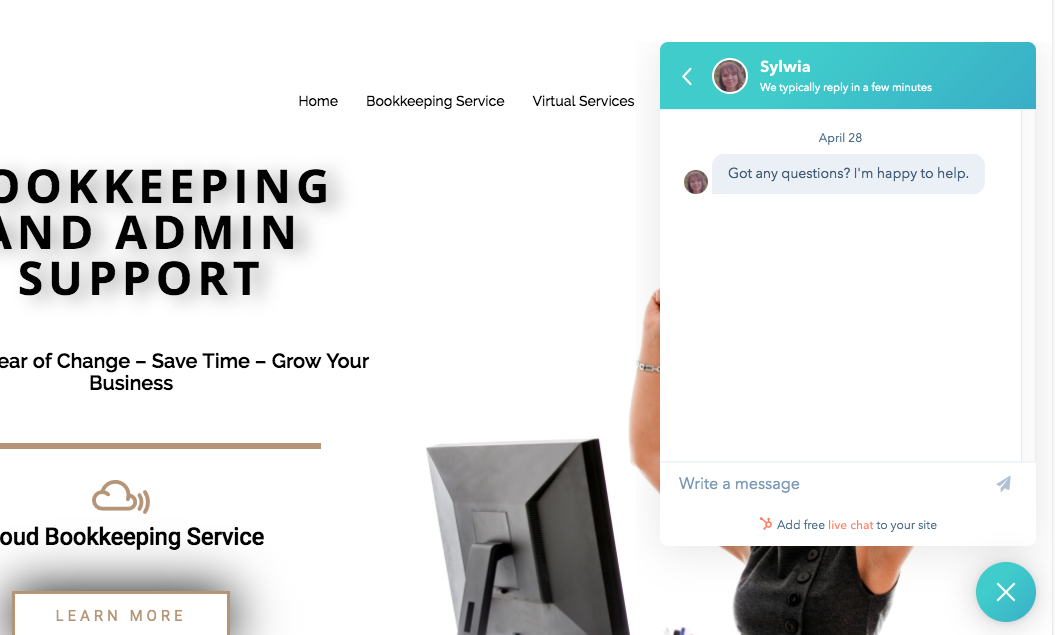
Local Bookkeeper – Shmunky https://shmunky.co.uk/
This is because a large portion of the traffic coming to your website is going to be through searching on Google, or another search engine. They are going to be searching for a whole load of different queries, and having all of these on one page isn’t going to benefit your SEO.
Instead, queries with different intents should be spread over a number of different pages.
Specific landing pages need to be created, internal links implemented, and all of this will boost your ranking as well as make things a lot easier for your visitors. This is because search engines, like Google, will scan a website’s landing page to check how user and SEO friendly it is before they are ranked. Ensuring that your landing page meets both criteria is essential for ranking success.
In many cases, specifically in terms of local businesses and small websites, live chat can also be a fantastic addition. It works by speeding up the process from search intent all the way to the actual enquiry. It also means that the friction from the user is decreased because they are contacting you via a live form of communication. This way, the user is not forced to click on the contact page, scroll through unnecessarily, or type out a lengthy email request. All you need is a simple landing page and a shortcut icon for live chat. It saves time, and connects you with the potential customer.
The Impact on Internal Linking and Site Navigation
Again, if you are solely focusing on UX for a single visitor profile, then things are a lot simpler. You don’t need as many links because there are fewer pages, and you can assume that your customers are able to find things easily. However, this is not the case when you are using UX and SEO together.
You will need more navigation and internal linking because of the increased number of landing pages and sub-pages. You will need to think about drop-down lists, footers, and sidebar navigation so that things are clearly visible for those who are visiting your website. Additionally, they will need anchor text that is good quality and descriptive.
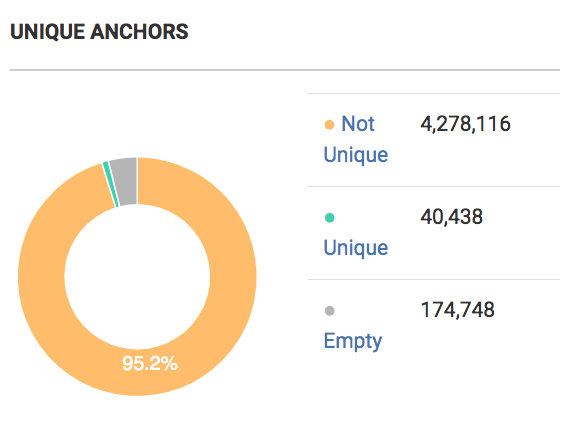
Number of anchor texts – York St John University.
It’s not just about improving the SEO and relieving the tension between the two; it’s about your customers. You can’t assume that everyone has the same level of intuition that you are expecting. If you do, people are going to end up getting lost on your website. Better, more detailed, navigation helps a lot more people than you might think.
Form Navigation
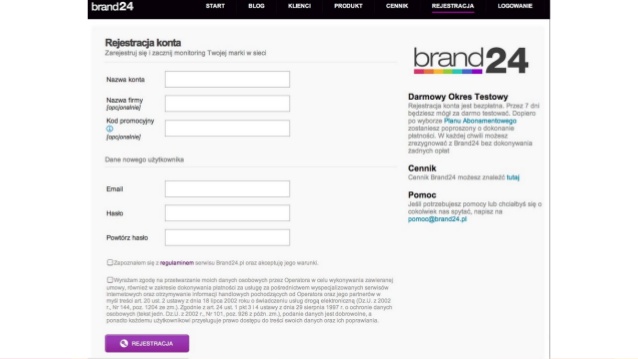
Early days signup form from Brand24
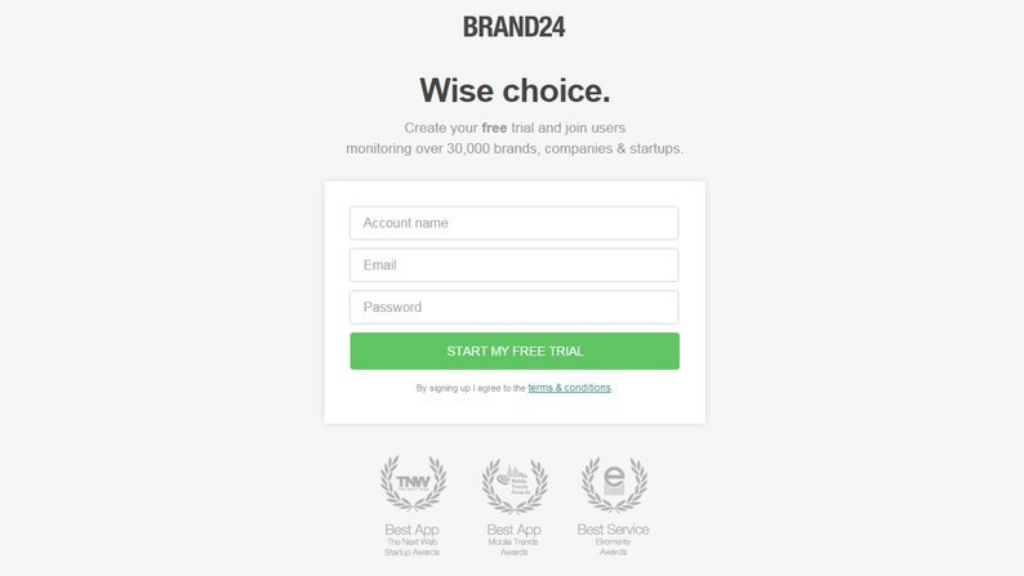
Simplified Redesigned Form
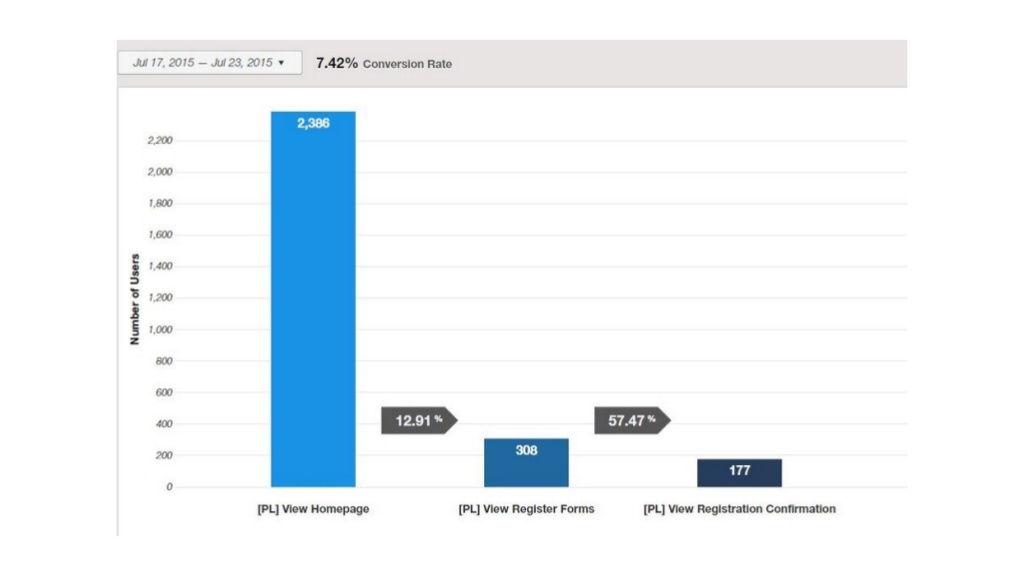
Results: Improved conversion rate by 7,42% according to CEO, Brand24 Mike Sadowski
UX, SEO, and Anchor Text: What About the Keywords?
When you are combining UX and SEO, you have to remember that your anchor text can’t just be a simple what it is. There has to be more substance behind it. This will help the search engines pick it up when people search for related items, but it will also provide visitors with more information. Let’s have a quick example.
Say you have your business name as your anchor text and then some nice videos and stock images underneath it. Looks great, but it doesn’t really tell people, or search engines, what you do. Add some text in there, some keywords that state the services you offer in a short and concise manner. Things like bicycle rental, car rental, taxi services; strong keywords that relate to your business. Use the words and phrases that Google expects in order to boost your rankings and traffic.


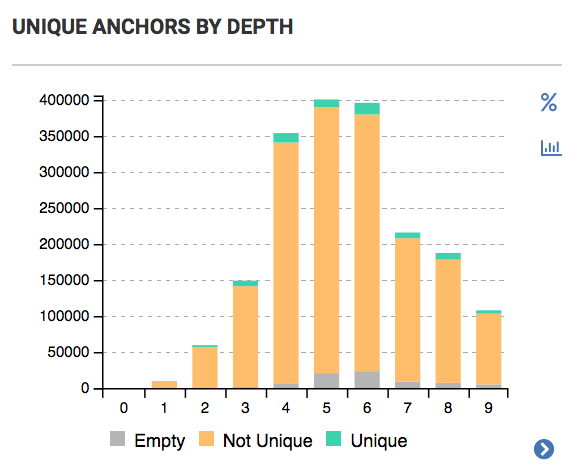
The Content on Your Page Needs to be Crawler Readable
Finally, we have the content itself. You can’t just have an interactive video or visuals on a page without any text; it just doesn’t work. Does it from a solely UX perspective? Absolutely. UX and SEO? No way. Search engines can’t understand videos and visuals… yet. To make a page crawler-readable and engaging, as well as rankable, you need all of the following:
– Descriptive, top quality, content
– Good navigation with internal links
– Good anchor text between pages
– Strong keywords that have been well researched
To Conclude
Yes, the user experience is exceptionally important, but it means nothing if you don’t take SEO into consideration as well. Search engines provide huge amounts of traffic, and without this traffic, you will have fewer users to experience your site Just taking the above advice into consideration and implementing it across your website will show you a whole world of difference in terms of what your website and its contents are truly capable of.

